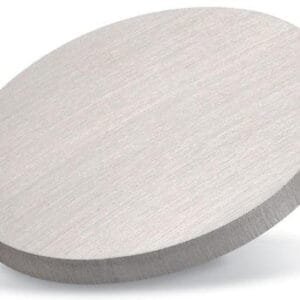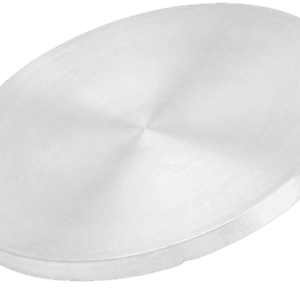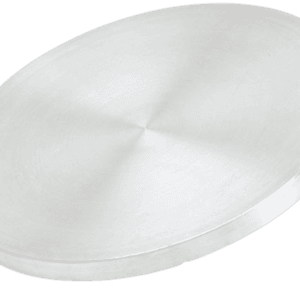Manganese Oxide Sputtering Target Description
Manganese Oxide Sputtering Targets (Mn₂O₃) are critical materials used in thin film deposition processes. Comprising manganese and oxygen, Mn₂O₃ is known for its distinctive properties that benefit both electronic and optical applications. These sputtering targets support the deposition of thin films with attributes such as high electrical conductivity, optical transparency, and thermal stability. Mn₂O₃ thin films are utilized in various domains, including semiconductor fabrication, solar cells, catalysis, and magnetic storage devices. By offering precise control over film thickness and composition, Manganese Oxide Sputtering Targets (Mn₂O₃) facilitate the production of advanced electronic and optoelectronic components for a wide range of industrial and research purposes.
Related Product: Manganese Sputtering Target, Iron Manganese Sputtering Target
Manganese Oxide Sputtering Target Specifications
| Compound Formula | Mn2O3 |
| Molecular Weight | 157.88 |
| Appearance | Black Target |
| Melting Point | 1080℃ |
| Density | 4.5 g/cm³ |
| Available Sizes | Dia.: 1.0″, 2.0″, 3.0″, 4.0″, 5.0″, 6.0″ Thick: 0.125″, 0.250″ |
Manganese Oxide Sputtering Target Handling Notes
Indium bonding is recommended for Manganese Oxide Sputtering Targets due to their inherent brittleness and low thermal conductivity, which can present challenges during sputtering. The material’s low thermal conductivity and susceptibility to thermal shock highlight the need for indium bonding to enhance its performance and stability.


 MSDS File
MSDS File



Reviews
There are no reviews yet.